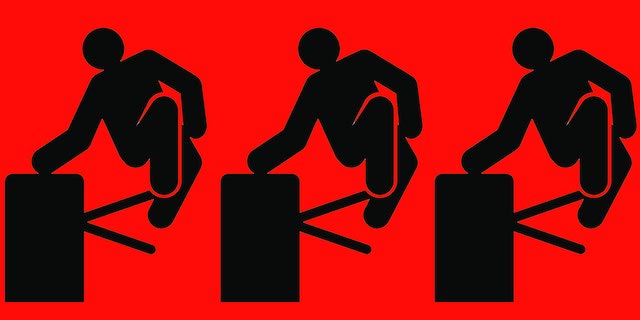Built at a cost of $51 million, St. Louis’ streetcar line made its last run in December, 2019 when the organization operating it ran out of funds. Fittingly, it broke down on its very last run and its passengers had to walk the last few blocks of the route.
Built at a cost of $51 million, the trolley opened in November, 2018 after a decade of planning and construction. Proponents predicted it would carry 400,000 riders in its first year. In fact, it carried only about 20,000 and fare revenues didn’t come close to covering operating costs.
Streetcar lovers hoped that St. Louis’ regional transit agency, which can’t seem to decide whether to call itself Metro (the name used by numerous other transit agencies) or Bi-State (which is boring but at least original), would take over the streetcar. Last week, Bi-State’s CEO said he was prepared to take it over provided he could require every business along the line to buy a monthly pass for all of their employees. Continue reading








